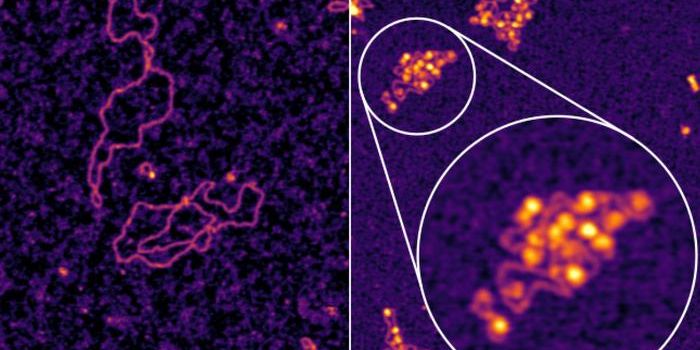Researchers Identify a Non-Antibiotic Compound that Targets Bacteria
Antibiotic resistance is an urgent, global threat to public health. It occurs when bacteria develop the ability to withstand the antibiotics used to treat bacterial infections. Antibiotic resistance is a naturally occurring process commonly seen in healthcare settings or the food supply where antibiotics are frequently used.
The development of new antibiotics is a slow and unreliable process. Due to the cost and time commitment involved, few companies are investing the necessary time and money into the development of new antibiotics.
Instead, some researchers are calling for the development of compounds that inhibit bacterial virulence as an alternative. Bacterial virulence refers to the ability of bacteria to cause disease and can be impacted through a variety of mechanisms.
Klebsiella pneumoniae, an especially virulent bacteria found in many hospitals, was the subject of one such study. The researchers used a compound called edoxudine, which has been used to treat herpes since the 1960s, to combat Klebsiella pneumoniae infection in an amoeba called Dictyostelium.
The researchers found that edoxudine effectively weakened the protected surface of the Klebsiella pneumoniae bacteria, making it easier for immune cells to eliminate the bacteria.
Pierre Coson, study co-author, adds that “by altering the surface layer that protects the bacteria from their external environment, this pharmacological product makes it vulnerable. Unlike an antibiotic, edoxudine does not kill the bacteria, which limits the risk of developing resistance, a major advantage of such an anti-virulence strategy.”
It has not yet been confirmed whether the use of edoxudine could be an effective treatment for bacterial infections in humans. Since edoxudine has already been shown to be safe in humans, the path to testing this treatment option could be less complex.
Creative solutions to the problem of antibiotic resistance will be needed as antibiotic resistance continues to increase as a health risk. A lack of treatment against multi-resistance bacteria could result in death and illness that is currently treatable.
Coson adds that “other approaches are possible, among which trying to weaken the bacteria’s defence system so that they can no longer escape the immune system. This avenue seems all the more promising as the virulence of Klebsiella pneumoniae stems largely from its ability to evade attacks from immune cells.”
Sources: Centers for Disease Control and Prevention, Nature Reviews Drug Discovery, PLOS One








